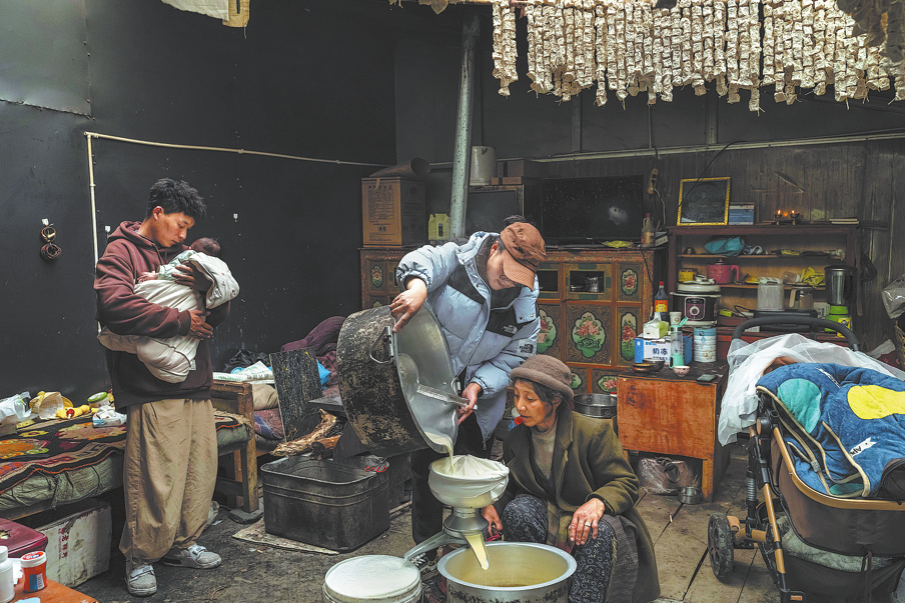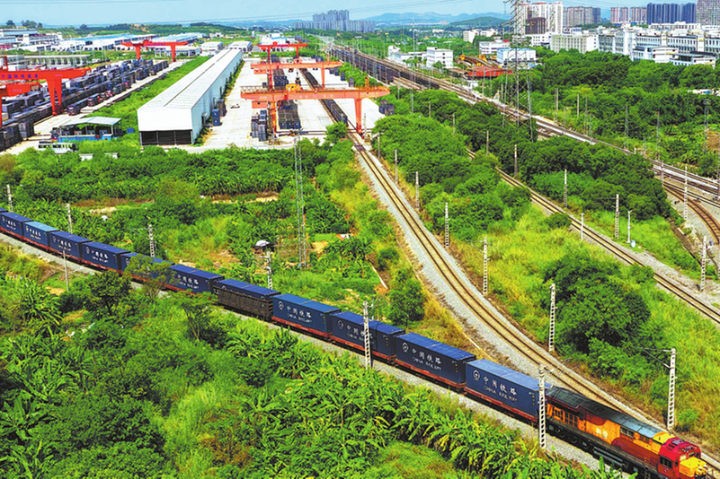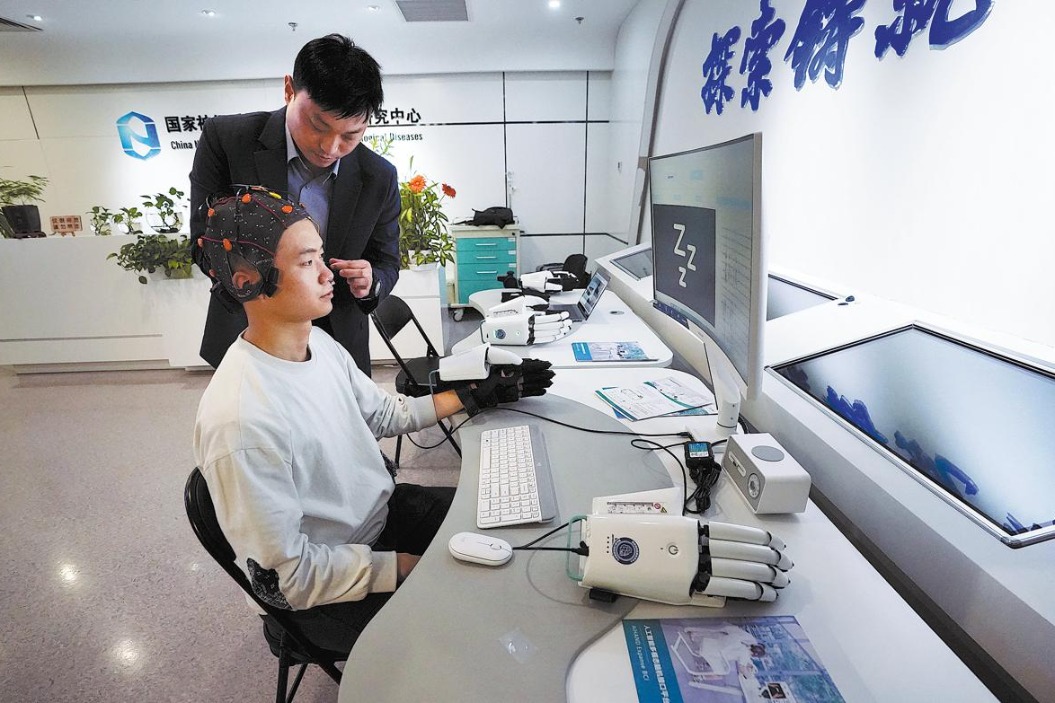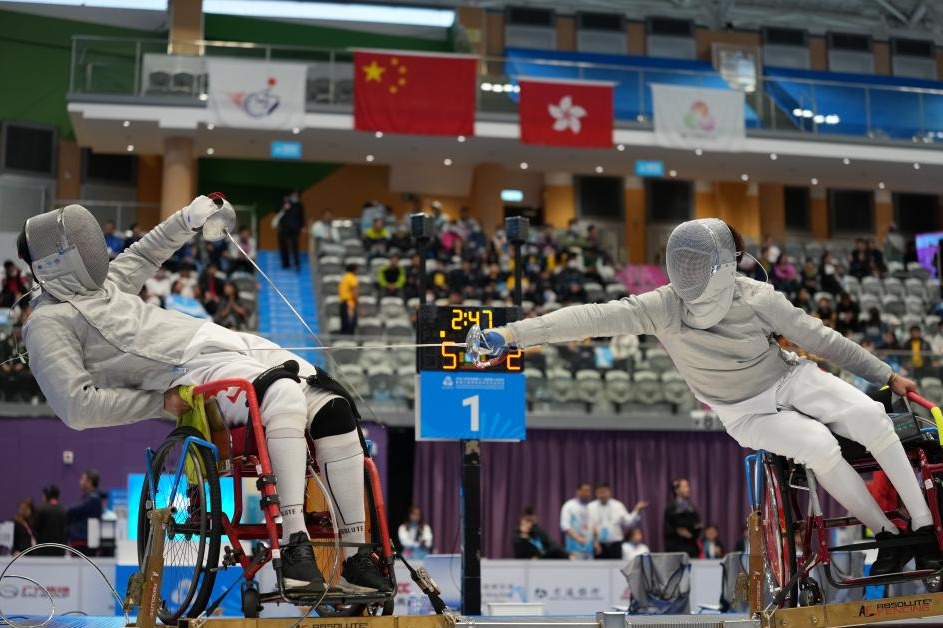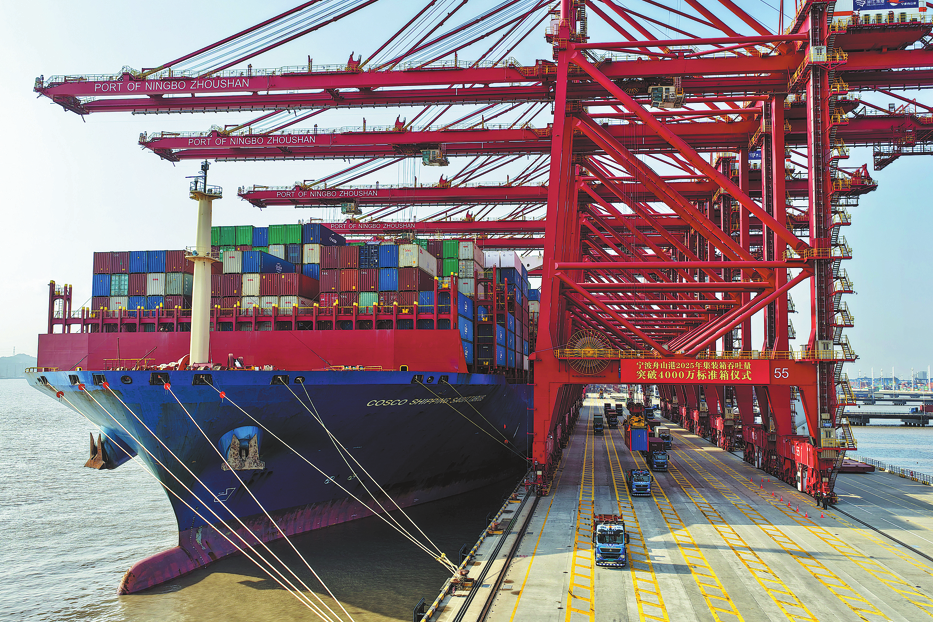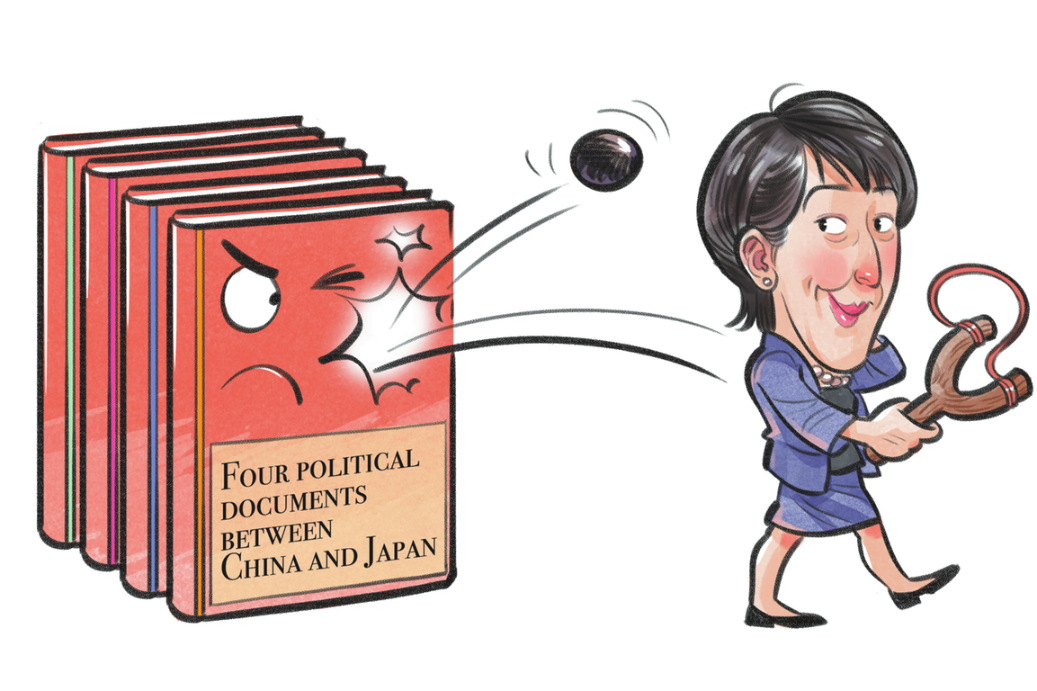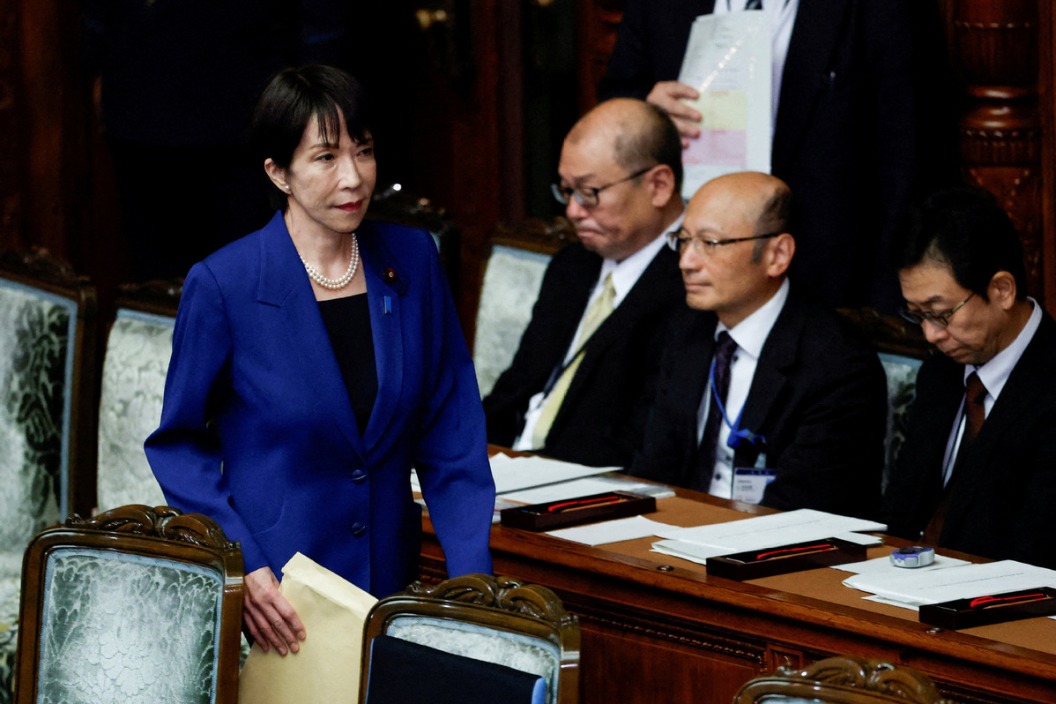For benefit of region and itself, US should not remain an outlier: China Daily editorial

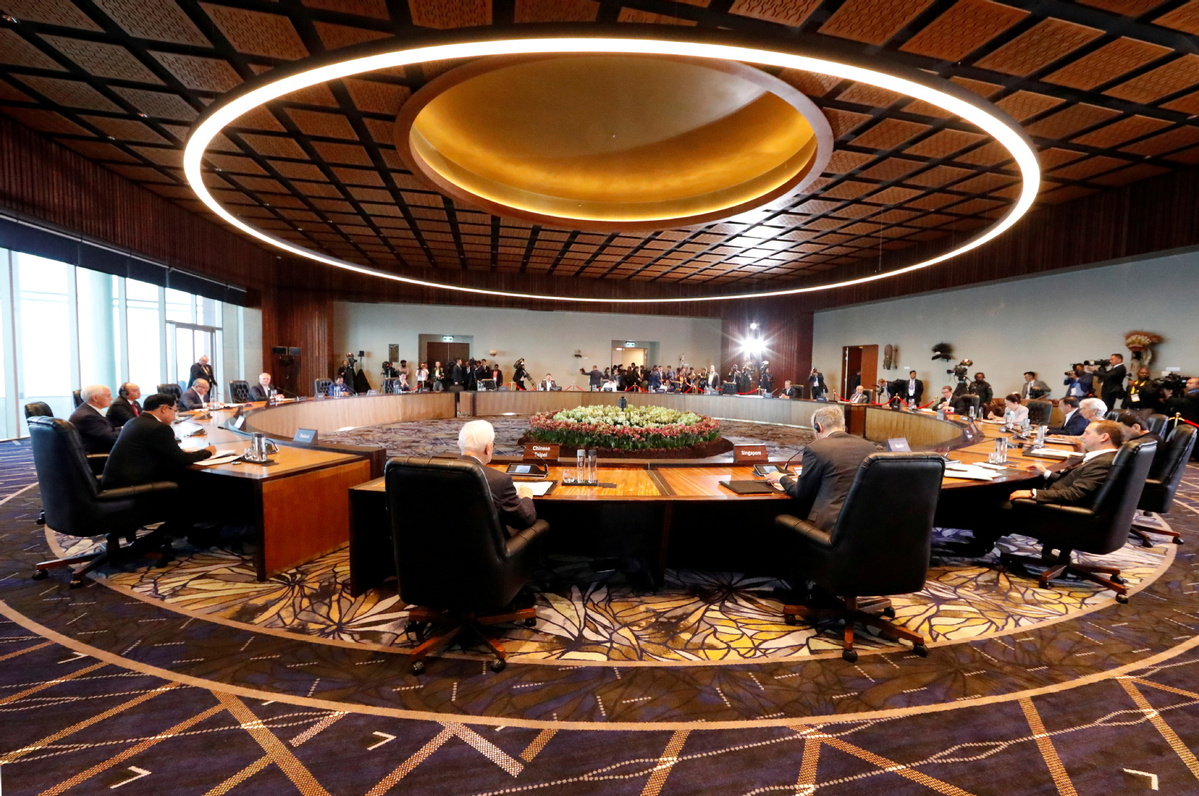
The longer the United States pretends to be blind to the heavy blows its shortsighted actions have dealt to the economy of the Asia-Pacific and beyond, and the fact that the cliques it has been trying to form have become part of the challenges it is trying to overcome, the longer a post-pandemic recovery will be delayed.
The overarching agreement reached at the virtual meeting of the trade and foreign ministers of the 21 APEC members, which was hosted by New Zealand, on Tuesday and Wednesday, on the need to avoid erecting trade barriers should serve to prompt the US, an Asia-Pacific Economic Cooperation member, to reflect on the provocative measures it has been taking to restrict free trade.
Coming at a time when the APEC economies face evolving uncertainties, the ministers' call for the region to promote free trade and opening-up struck the right note as it set a constructive and cooperative tone for the virtual meeting of the economic leaders of the APEC members on Saturday.
It is widely hoped that the APEC economic leaders meeting can serve as a turning point for the US to discard its divisive and harmful practices and instead join hands with the rest of the region to strengthen macro policy coordination in finance, the economy, trade, green development and public health.
A total of 81 million jobs have been lost across the region due to COVID-19, and the pandemic's impact on supply chains has been significant, compounding the damage done by the costly weaponizing of trade by the US as part of Washington's geopolitical games.
In addition to the blows of the pandemic and the US' aggressive trade actions, the liquidity released by the US' quantitative easing has also impeded the region's recovery. The inflation rate in the Asia-Pacific in the first nine months of this year hit 2.6 percent — rising from below 2 percent to about 5.4 percent in the US — higher than the 1.5 percent level of last year, and it looks set to continue to rise in the foreseeable future. The soaring prices of staple commodities and energy are eating deep into the profits of the manufacturing sector, a major growth driver and job creator for the region. On top of which, the emerging market economies in the region are among those that are the most vulnerable to the effects of climate change.
Despite the headwinds, the region has never ceased in its efforts to deepen and expand its economic integration. The Regional Comprehensive Economic Partnership agreement, the world's largest trade deal so far, has taken shape and will enter into force on Jan 1, further facilitating regional trade and giving a shot in the arm to the region's recovery. And the Comprehensive and Progressive Agreement for Trans-Pacific Partnership is expected to be enlarged, with China having submitted an official application to join the trade pact.
If the US is willing to work with the other parties and push for positive outcomes, the APEC meeting will be another huge confidence booster for the prospects of a post-pandemic global recovery next year.

















